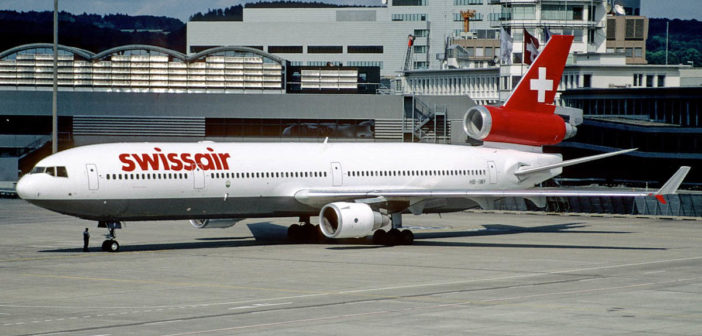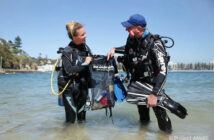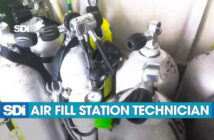Over ten years ago, Swissair Flight 111 was a scheduled international passenger flight to Cointrin International Airport in Geneva, Switzerland, from John F. Kennedy International Airport in New York City, United States. Because of its reputation with officials of the United Nations, Swissair Flight 111 became known as the “UN shuttle;” this flight also transported business executives, scientists and researchers.
On September 2, 1998, at the entrance to St. Margarets Bay, Nova Scotia, the McDonnell Douglas MD-11 carrying out this flight, crashed into the Atlantic Ocean southwest of Halifax International Airport. The site of the crash was 8 kilometres (5 mi; 4 nmi) from the shore, roughly equidistant from Peggy’s Cove and Bayswater’s small fishing and tourist communities.
The aircraft hit the ocean at an average speed of 345 km / h (555 km / h; 154 m / s; 300 kn). The water impact decelerated the aircraft causing it to disintegrate instantly. All 229 passengers and crew on board the MD-11 were killed, making the crash the deadliest aviation accident in the history of McDonnell Douglas MD-11.
The Government of Canada’s search and rescue response, crash recovery operation and investigation took more than four years and cost Canadians $57 million. The Transportation Safety Board of Canada (TSB) investigation concluded that flammable material used in the construction of the aircraft caused a fire to spread beyond the control of the crew, resulting in the aircraft crash. Many specific proposals have been made that have been implemented into the new standards of the U.S. Federal Aviation Administration, principally impacting wiring and fire hardening.
It is estimated that more than five kilograms of diamonds and jewels, worth a million Picasso, nearly 50 kilogrammes in currency, and most of the debris fell to the ocean floor (55 m deep, 180 ft).
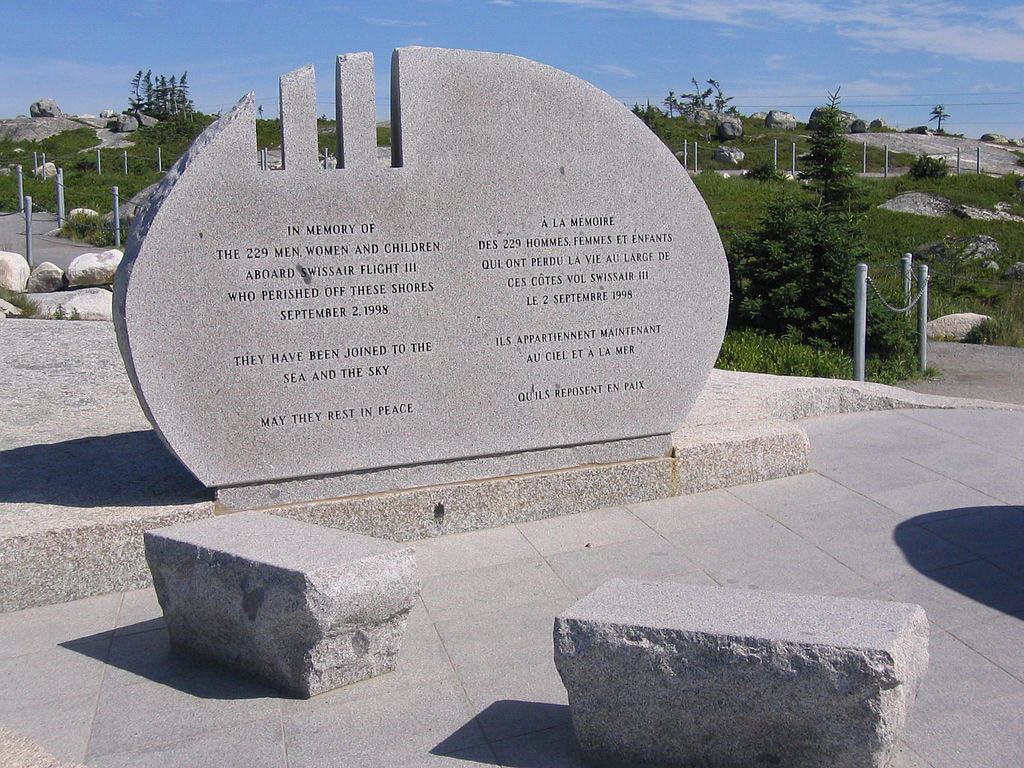
Insiders say the mystery can never be solved (what actually lies on the sea bed) — an effort was quickly abandoned to save the precious cargo, and any treasure hunters who seek to find it are doing it illegally. Treasure hunting in Nova Scotia today is illegal. At 180 feet, this is a technical dive and you must have the necessary training and experience as a scuba diver to dive to this depth with decompression stops. A very common diver treasure hunting tactic line is “oh, we’re searching for such and such wreck” when in fact they’re looking for the “treasure chest” from Swissair. Nova Scotia’s Government discourages any diving for treasure on the Swissair, out of respect for the victims and their families. The Criminal Code of Canada can and will enforce stiff fines if divers are caught looting, up to $10,000.00. In the diving community “pirate divers” are known to exist, but they aren’t talking. Sunken money, treasures and jewelry make people crazy and do crazy/illegal things.
A memorial service took place in Zurich Switzerland. Another memorial service took place in Nova Scotia the following year after the crash. The Government of Nova Scotia has created two memorials to those who died in the crash. One is east of The Whalesback crash site, a approximately 1 kilometre (0.62 mi; 0.54 nmi) north of Peggy’s Cove. The second memorial is a more private but much larger commemoration situated west of the crash site near Bayswater Beach Provincial Park on Bayswater’s Aspotogan Peninsula.
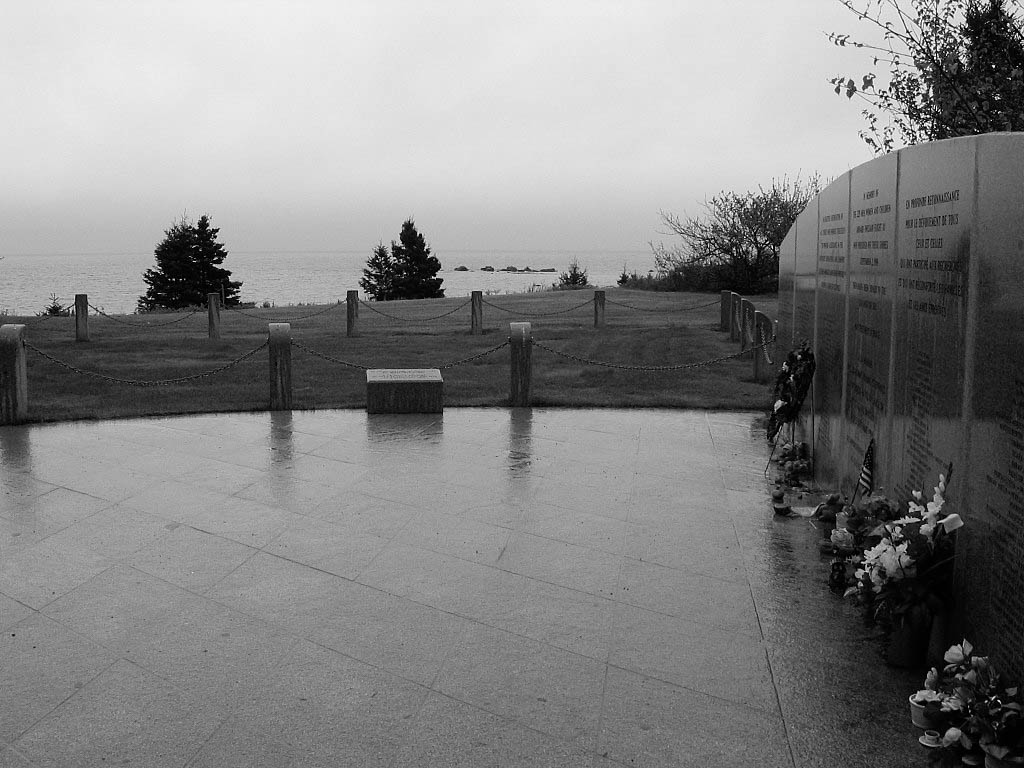
Soon after the attacks of September 11, 2001, Swissair went bankrupt, an incident that caused a major and widespread disruption to the aviation industry.




